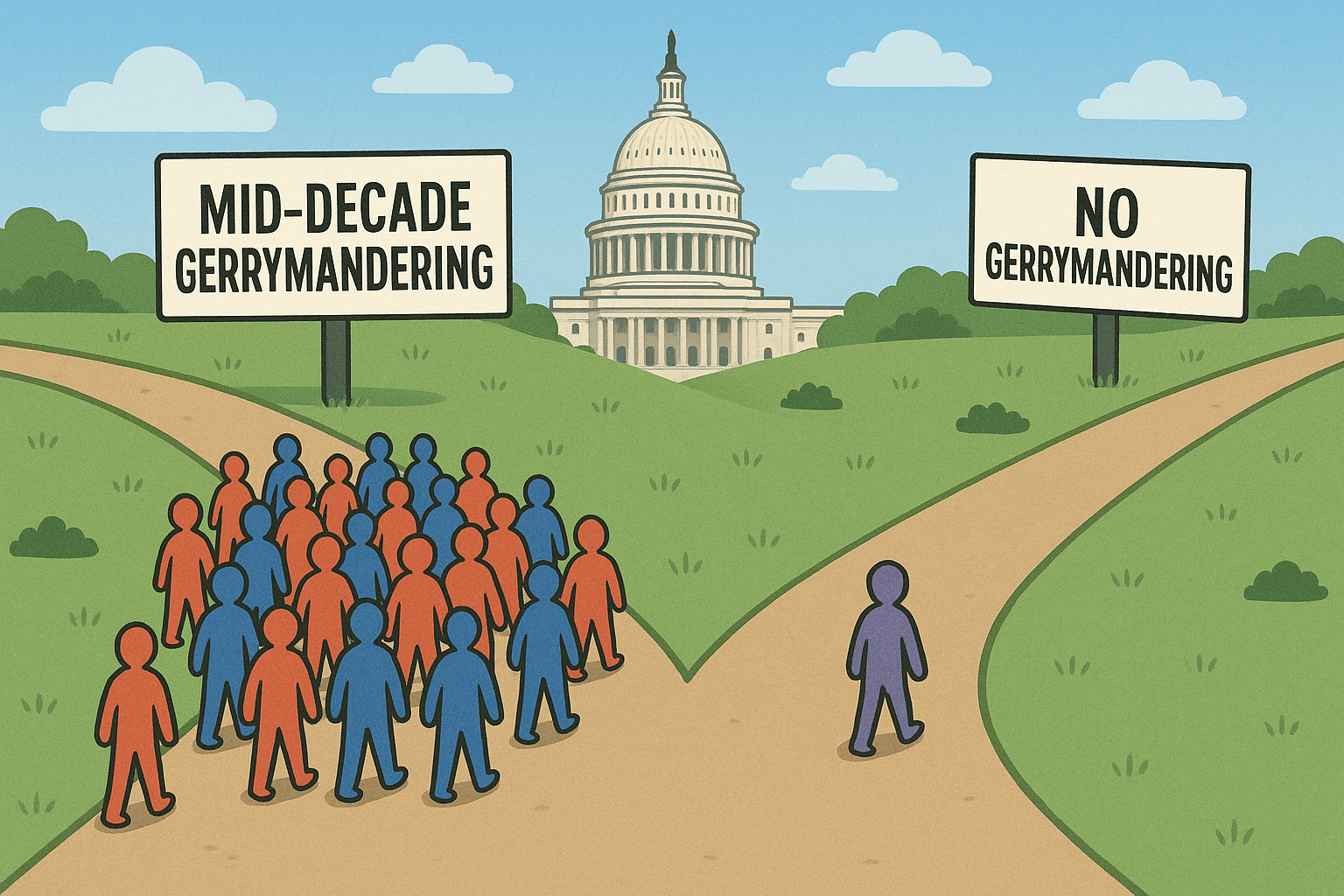The Historical Independence of Wisconsin Voters


Wisconsin voters are extremely loyal to their sports teams: the Packers, the Badgers, and the Brewers maintain a sense of reverence entirely unique to the Cheese State. Unfortunately for both Romney and Obama, voters in the state have much less allegiance to their political parties. Instead, voters in Wisconsin maintain an historical commitment to an independent streak that differs from other states in the union.
Lincoln's Republican Party held a virtual monopoly in the decades following the Civil War, but the progressive party movement soon sprouted in Wisconsin, with Bob La Follette at the helm. Their platform set out to counter big business, reinstate honest government, and implement economic reforms based on efficiency. John Milton Cooper of The Wisconsin Magazine of History writes that much of the innovation for progressive era reforms originated in Wisconsin, including the formal Progressive Party which briefly stepped onto the national political scene in the 1930s and 1940s. Additionally, Milwaukee was one of the few major cities in the United States dominated by Socialist Mayors in the early twentieth century.
At the other end of the spectrum, Wisconsinites also voted in the infamous Joseph McCarthy. They supported his red-baiting for over a decade which, at the time he took office in 1946, was a unique mechanism for running political campaigns that eventually spread throughout the country.
The state’s historical commitment to independence has meant that Wisconsin has shifted between dominant political winds, without a commitment to a party, but rather a commitment to the central issues of the day, whether it be economic recovery or perceived national security.
These shifts have held up in recent years. In 2008, Obama won the state by fourteen points. Just two years later however, Republicans won one of the biggest landslides in the state, ushering in a Republican governor, a majority in the legislature, and ousting three-term Senator Russ Feingold, who himself was known for his independence and bipartisanship.
The 2010 landslide by Republicans marked the first time since 1938 that both houses of the legislature and the governor's seat made such a decisive flip from one party to another.
It is worth looking into whether or not the huge shifts in recent Wisconsin voting is a product of the state’s natural swings or simply a recent phenomenon.
A recent analysis of the October results of the Marquette University Poll point to the former, placing Obama and Romney in a virtual dead heat in the last weeks of the election. Independent voters tend to cross over in great numbers in their support for candidates that don’t adhere to the normal political ideologies, including gay marriage proponents voting for Romney, stricter immigration reforms voting for Obama, and a split among Medicare reform advocates.
They most recently voted heavily in favor of Governor Walker (R) during a recall election. Voter turnout was lower than expected during that period, however, due to a large number of students and families on vacation for summer. That student demographic, made up of 18-24 year olds, helped carry Obama to victory in 2008.
All this is to say that Wisconsin remains in play, at least in large part due to the voters who are not party loyalists, but rather tend to focus on the issues pertinent to the times. Wisconsinites concentrate on an individual candidates’ perceived ability to address their main concerns. And while the state is home to vice presidential hopeful Paul Ryan, a Republican presidential candidate has not won Wisconsin since 1984.
If history tells us anything, Wisconsin voters will make a nonpartisan decision at the ballot box and the candidate who best portrays his message in this last week could take the state.



